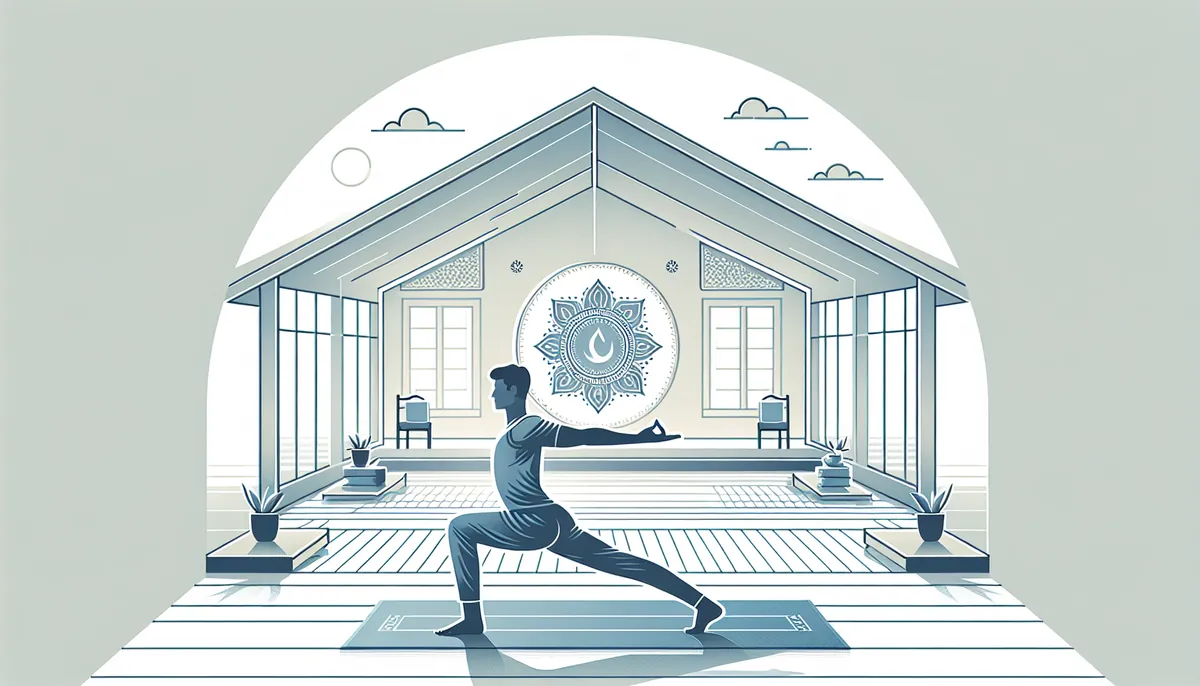In the hustle and bustle of everyday life, it’s easy to lose touch with intentional breathing, often taking shallow breaths as we focus on our to-do lists. Enter Ujjayi Breath—a powerful breathing technique that serves as an anchor to our yoga practice. If you are a beginner yogi or a seasoned practitioner looking to deepen your practice, mastering Ujjayi Breath can elevate your experience on and off the mat.
This article will delve into what Ujjayi Breath is, its importance in yoga, and how to integrate it into your daily practice. You will gain insight into its benefits, support for meditation, and techniques to ensure you are practicing it correctly.
Table of Contents
- What is Ujjayi Breath?
- Benefits of Ujjayi Breath
- How to Practice Ujjayi Breath
- Ujjayi Breath Beyond the Mat
- Conclusion
What is Ujjayi Breath?
Ujjayi Breath, often referred to as the “Ocean Breath,” is a breathing technique used in yoga that promotes relaxation and concentration. Classified as an ancient pranayama, Ujjayi involves breathing in through the nostrils while creating a slight constriction at the throat. This action produces a soft, whispering sound, much like ocean waves.
The simplicity of the technique makes it accessible to beginners, yet its profoundness offers even experienced yogis something new to explore. In Ujjayi, both inhalation and exhalation are controlled, leading to a slow and balanced rhythm that aligns mind and body.
Benefits of Ujjayi Breath
Ujjayi Breath carries numerous benefits that enhance both your physical and mental well-being. Here are a few:
- Enhances Concentration: The steady rhythm guides your focus inward, promoting greater mental clarity during your yoga practice.
- Promotes Relaxation: The rhythmic sound helps calm the nervous system, reducing stress and anxiety levels.
- Improves Lung Function: It increases oxygen intake, thereby boosting lung capacity and efficiency.
- Supports Ashthanga and Vinyasa: Utilized in practices such as Ashtanga and Vinyasa, Ujjayi promotes fluidity and synchrony in postures by linking breath with movement.
How to Practice Ujjayi Breath
Mastering Ujjayi Breath requires intention and mindfulness. Follow these steps to incorporate it into your practice:
- Find a Comfortable Seated Position: Sit cross-legged with your spine tall and shoulders relaxed.
- Inhale Deeply Through the Nose: Allow your belly to expand, filling the lungs fully.
- Exhale Through the Nose with Throat Constriction: On exhalation, gently constrict the back of the throat (the glottis) to create the “ocean” sound.
- Focus on Consistency: Maintain a steady rhythmic pattern, letting the breath guide your movement.
As you develop proficiency with Ujjayi Breath, match each inhalation and exhalation with your movement and notice the deepening of your practice.
Ujjayi Breath Beyond the Mat
While Ujjayi Breath is a staple in yoga, its benefits transcend the mat, aiding in daily life.
- Meditative Practice: Use Ujjayi Breath in meditation for enhanced focus and relaxation.
- Stressful Situations: Implement this technique when faced with stressful moments for immediate calming effects.
- Bedtime Routine: Incorporating Ujjayi in your nighttime ritual can promote better sleep quality, reducing insomnia and restlessness.
This breathing technique is an invaluable tool for maintaining balance in both meditative states and hectic situations.
Conclusion
Understanding and implementing Ujjayi Breath can profoundly alter your yoga practice and daily life. Whether you’re seeking peace, focus, or physical well-being, this technique serves as a gateway to myriad benefits both on and off the mat.
Ready to deepen your practice with Ujjayi Breath? Try incorporating this technique in your next yoga session or reach out to a yoga mentor for guidance. Engaging with a community, either online or in local classes, can also offer additional support and inspiration.
What has been your experience with Ujjayi Breath? Share your stories and thoughts in the comments below!
